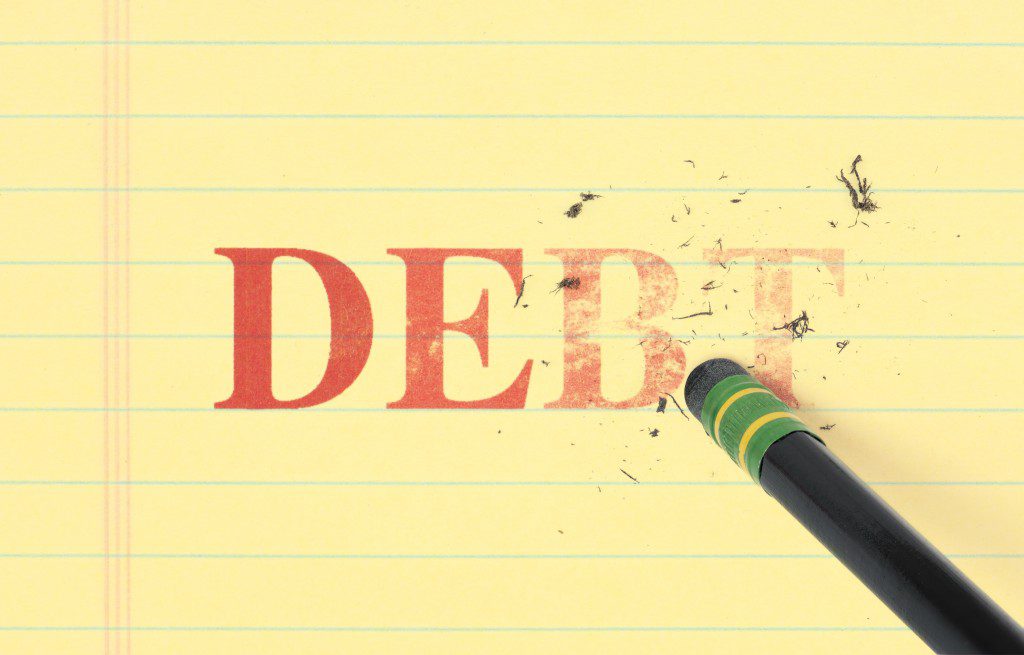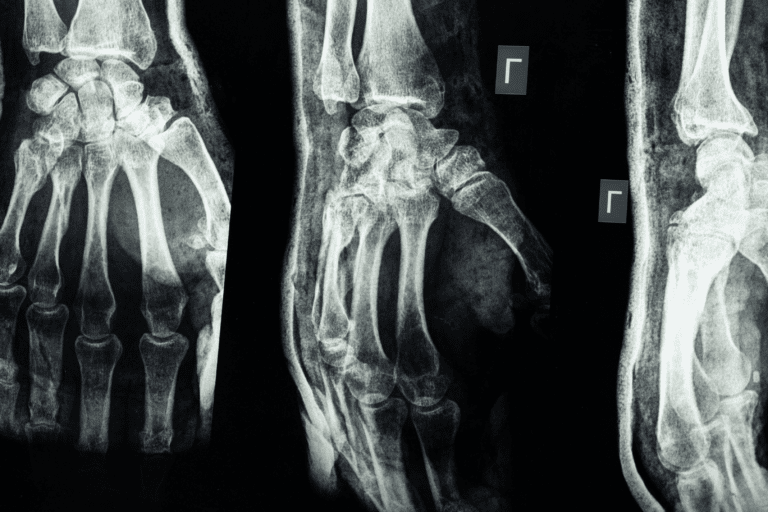If you live in the West, chances are you have more credit card debt than people in most other states. According to a study by Business Insider, the top 10 states with the highest average debt per person are:
- Alaska ($13,048)
- Wyoming ($11,546)
- Utah ($11,222)
- California ($10,496)
- Montana ($9,759)
- New Jersey ($9,454)
- Colorado ($9,108)
- New York ($8,764)
- Oregon ($8,619)
- Idaho ($8,570)
Due to the easy access of money via credit cards, combined with economic ups and downs and unprecedented unemployment rates, many families across the nation have found themselves caught in the bondage of credit card debt and are searching for solutions to help eliminate debt quickly.
The intent of this blog is to show you how a whole life insurance policy can be a tool and strategy in helping to quickly eliminate debt, while maximizing the use of each dollar used to pay off debt.
Should debt elimination be my top priority?
Quickly eliminating debt is an important part of creating a solid financial foundation, but it isn’t always the first step you need to take.
Using extra income to build an emergency cash reserve of 6-24 months living expenses can be much more valuable than prioritizing debt payment. Without a cash reserve, unexpected costs like home or auto repairs, medical bills, or a sudden job loss can push you further and further into debt, where interest rates compound and make unexpected costs even more expensive.
Once you’ve built up your emergency fund, look at the interest rates you pay on various types of debt, including—but not limited to—student loans, mortgages, each of your credit cards, and car payments. Next, look at the interest you earn on your investments. If you’re paying more interest than you’re earning, it’s best to eliminate debt quickly. But if you’re earning more interest than you owe, your dollars work harder for you if you use them for investments instead of debt.
Debt Elimination and Whole Life Insurance
Fundamentally, a whole life insurance policy isn’t an investment. It’s a tool. And it’s a tool that has multiple functions. The benefits of whole life insurance, when properly structured for cash value growth, include:
- Certainty: A guaranteed rate of return takes the guesswork out of your portfolio.
- Control: Reduced tax liability and increased asset protection keep more of your wealth in your hands.
- Liquidity: Access your wealth when you need it, regardless of your age.
- Protection: Rest easy knowing market volatility can’t touch your financial foundation.
- Cash flow: Enjoy retirement income you don’t have to worry about outliving.
- Legacy: Pass along wealth the same way the Rockefellers have.
Here is how each of the aforementioned benefits works to help eliminate debt.
Certainty
Unlike market-based investments that have variable rates of return (and can even lose value), a whole life insurance policy offers a guaranteed rate of return. This means you know exactly how much each dollar will earn in a given period. On top of that, your policy has non-guaranteed returns in the form of dividends. While the amount of dividends fluctuates, the top-rated mutual companies we work with at Paradigm Life have paid out dividends consistently for nearly 200 years.
Both the interest earned on your whole life policy and your dividend payments can work to eliminate debt quickly when your policy has a Paid Up Additions Rider. A Paid Up Additions Rider helps the cash value of your policy begin to grow from day one. This cash value can be viewed as a personal banking vehicle to transfer outside credit card debt to the insurance policy.
Control
Your whole life insurance policy comes with built-in tax advantages that help keep more of your wealth in your hands. You can eliminate debt a lot quicker when you’re not paying so much to Uncle Sam! Tax advantages of your policy include tax-free retirement income, tax-free interest and dividends, tax-free policy loans, and the growth of your cash value can be used tax free. In addition, the death benefit of your policy is tax-free and not subject to estate tax. These last two benefits are particularly beneficial to your family if you’re leaving debt behind (over 70% of Americans die with debt).
Whole life policies are protected against probate and creditors. These benefits offer you more control should your debt lead to bankruptcy. You can take out insurance policies personally, or there are a variety of ways to cover your business and it’s associated debt with whole life insurance.
Liquidity
Some interest-earning products, like mutual funds and qualified plans, place limitations on how and when you can access your money. For example, funds in a 401(k) or IRA typically can’t be withdrawn until age 59 1/2 without paying an additional penalty. Whole life insurance earns interest and dividends and accumulates cash value that can be accessed at any age, either in the form of a policy loan or withdrawal.
The liquidity of properly structured whole life insurance helps you eliminate debt quickly by providing cash when you need it. This liquidity is the reason why whole life insurance can also function as your emergency savings (remember, it’s a tool with multiple purposes).
Protection
As mentioned in the “Certainty” section above, whole life insurance policies aren’t subject to the same market volatility and fluctuations of typical investments like mutual funds and qualified plans. Even traditionally sound investments, like real estate, are subject to changes in the market. Whole life insurance is a consistently safe place to store and grow wealth.
Because properly structured whole life insurance functions as your emergency savings and as a volatility buffer when market investments go south, they provide you with more financial stability, ensuring you’re less likely to get into more debt down the road.
Cash Flow
Cash flow is essential to eliminating debt quickly. If you’re trying to pay down your debt, you either need to spend less money or make more money. Generating passive cash flow in a whole life insurance policy is a simple and safe way increase your earnings.
In addition to earning interest and dividends, the cash value of your insurance policy continues to grow when you utilize your policy loan option. Unlike a savings account, where the value of your account decreases by the amount you withdraw, the cash value of whole life insurance continues to earn interest on the full value, even when borrowing against it. In this way, your dollars are working twice as hard at helping you eliminate debt quickly.
Legacy
The final tool in your whole life insurance policy’s arsenal is its death benefit. Most types of life insurance focus primarily on creating a large death benefit with little cash value. At Paradigm Life, we structure policies differently. We emphasize rapid growth of cash value over a large death benefit. But that’s not to say you can’t have your cake and eat it too.
The legacy feature of properly structured whole life insurance allows you to focus on living benefits now, like using your policy to help you eliminate debt quickly, but still provides your family with the means to stay out of debt once you’re gone. Whole life insurance is truly the best financial multitool for growing and protecting your wealth, in this lifetime and for generations to come.
Debt and Policy Loans
A whole life insurance policy loan allows you to borrow against your own cash value. Unlike bank loans or other types of financing, you don’t need to qualify for a policy loan. Simply make the request from your insurance company or agent, and your funds are available within a few short days. Furthermore, you get decide the payback terms of your loan.
This flexibility helps you eliminate debt by allowing your to structure a new loan the works on your terms. Plus, policy loans typically have much lower interest rates than credit cards or other types of commercial interest. When you transfer a credit card balance (or multiple credit cards) to a policy loan, your debt becomes much more manageable and easier to pay down.
Unpaid policy loans aren’t subject to creditors. Any unpaid amounts will be deducted from the death benefit of your policy, meaning your beneficiary will receive less if you haven’t paid your debt. For families struggling with large amounts of unpaid debt, a policy loan makes your financial situation manageable.
Case Study: Tools and Strategies on How to Eliminate Debt Quickly with Whole Life
So what exactly does eliminating debt using whole life insurance look like? The following case study outlines the differences between utilizing a debt-snowball method of paying off debt without a whole life policy compared to utilizing a debt-snowball method of paying off debt with a whole life policy.
Person A (NO Whole Life Insurance)
Person A utilizes a debt-snowball method of paying off smallest credits cards to largest credit cards without a whole life insurance policy.
Credit Card A – $1,500 balance – $30/month minimum
Credit Card B – $5,000 balance – $120/month minimum
Credit Card C – $10,000 balance – $250/month minimum
Total Debt Payments = $400/month
Total Discretionary Income left after minimum debt payments made = $300/month
If using this method, and applying the additional $300 of discretionary income to debt payments, the debt pay-down will be reduced from 51 months to 27 months.
Person B (WITH Whole Life Insurance)
Person B utilizes the same debt-snowball method of paying off smallest credit cards to largest credit cards with a whole life insurance policy. (The insurance policy assumes a 40-year old male with a standard health rating.)
Credit Card X – $1,500 balance – $30/month minimum
Credit Card Y – $5,000 balance – $120/month minimum
Credit Card Z – $10,000 balance -$250/month minimum
Total Debt Payments = $400/month
Total Discretionary Income left after minimum debt payments made = $300/month
Premium payments for whole life insurance = $300/month
If using this method, and applying the additional $300 in discretionary income to the life insurance premium payments, Person B can quickly transfer the credit card debt to the whole life insurance policy in the form of policy loans within 18 months. Then, those policy loans will be paid off in 30 months.
Debt Elimination Success
Though Person B took 3 months longer than Person A to pay off the cards, the additional benefits that Person B is left with are far greater than Person A.
- Person A has $0 in his bank account after the debt is paid off. Person B has approximately $7,000 in his personal cash value and is building interest inside the life insurance policy.
- Person A has $0 in death benefit coverage. Person B has approximately $120,000 in death benefit coverage that increases yearly.
- By transferring credit card debt to the whole life insurance policy in the form of policy loans, Person B is able to get a much more favorable interest rate and can pay back the policy loans on his own terms. Any unpaid amount won’t subject him to creditors; it will be taken from the balance of his death benefit.
The benefit list continues in support of Person B. While a Google search will provide numerous methods of quick debt elimination techniques, each of those strategies can be more advantageous when used with a whole life insurance policy. The debt will be paid off in nearly the same time frame, with lower interest and better payback terms, and a growing cash value and death benefit will be the reward.
Being in debt does not prevent you from taking out an insurance policy! If you’re ready to take back control of your finances, create a solid financial foundation, leave a legacy for your family, increase your tax advantages, and quickly eliminate debt,  . We work with a variety of budgets and financial situations to help you achieve the future of your dreams. Schedule now for a free policy illustration customized to fit your needs.
. We work with a variety of budgets and financial situations to help you achieve the future of your dreams. Schedule now for a free policy illustration customized to fit your needs.







